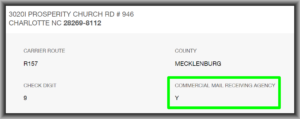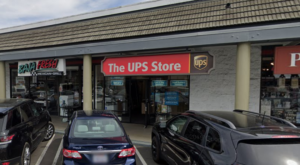(Followup: You can download the presentation slides and you can view a recording of the webinar. For more information see this blog article.)
Many readers of this blog are already set up to be paperless in all of their PCT activities. This blog article is directed specifically to those who had not, until now, gotten set up to be paperless with PCT. Such filers are affected by this announcement today from WIPO:
Due to the effects of the COVID-19 pandemic on the operations of the International Bureau and of postal systems worldwide, the International Bureau, also in its function as receiving Office, has suspended the sending of PCT documents (e.g. PCT Forms, letters) on paper.
If you are a filer who has not, until now, gotten set up to be paperless with PCT, then I strongly urge you to attend two free webinars which will take place on Wednesday, April 1 and Thursday, April 2. In these webinars, you will:
- Learn how to get a WIPO user ID and password for access to ePCT, the electronic system for PCT applications.
- Learn why each person in your office must have his or her own WIPO user ID and password (no sharing)
- Learn how to set up two-factor authentication on your WIPO user ID and password (what WIPO calls “strong authentication”).
- Learn how to do e-handshakes with colleagues in your office so that you can give each other access to files.
In your existing and pending PCT applications, maybe you have not already provided an email address which WIPO and the International Searching Authority and the International Preliminary Examining Authority can use to send you correspondence electronically rather than on paper. In this webinar, learn how to provide such an email address to WIPO for this purpose for your existing and pending PCT applications.
The ePCT system has a function that is similar to Private PAIR in that it permits you to see the content and status of your pending PCT applications even if they have not yet been published, just as Private PAIR lets you see the content and status of your pending US application. In this webinar, learn how to gain access to your pending PCT applications in ePCT. In other words, learn how to use the feature of ePCT that is similar to Private PAIR with your existing and pending PCT applications.
When you file a new PCT application tomorrow or next week, you simply must file it in such a way that you will be able to see it in the part of ePCT that is similar to Private PAIR. In this webinar, learn what you need to do when you are filing a new PCT application so that you will be able to see it in the part of ePCT that is similar to Private PAIR.
Going forward, you absolutely need to not send anything on paper to WIPO. In this webinar, learn how to use the DAS system to send electronic certified copies of priority applications to WIPO (instead of physical certified copies). Learn how to use ePCT to send other communications to WIPO. Learn the difference between “ePCT actions” and “ePCT uploads” and learn which is better for you to use.
- To register for the free-of-charge Part-1 webinar, click here.
- To register for the free-of-charge Part-2 webinar, click here.
Please understand that the Part-1 webinar is an absolute prerequisite for the Part-2 webinar. You absolutely must attend Part 1 if you are going to attend Part 2.
Your presenter is Carl Oppedahl. Carl has lectured frequently about Best Practices for e-filing of PCT applications.



